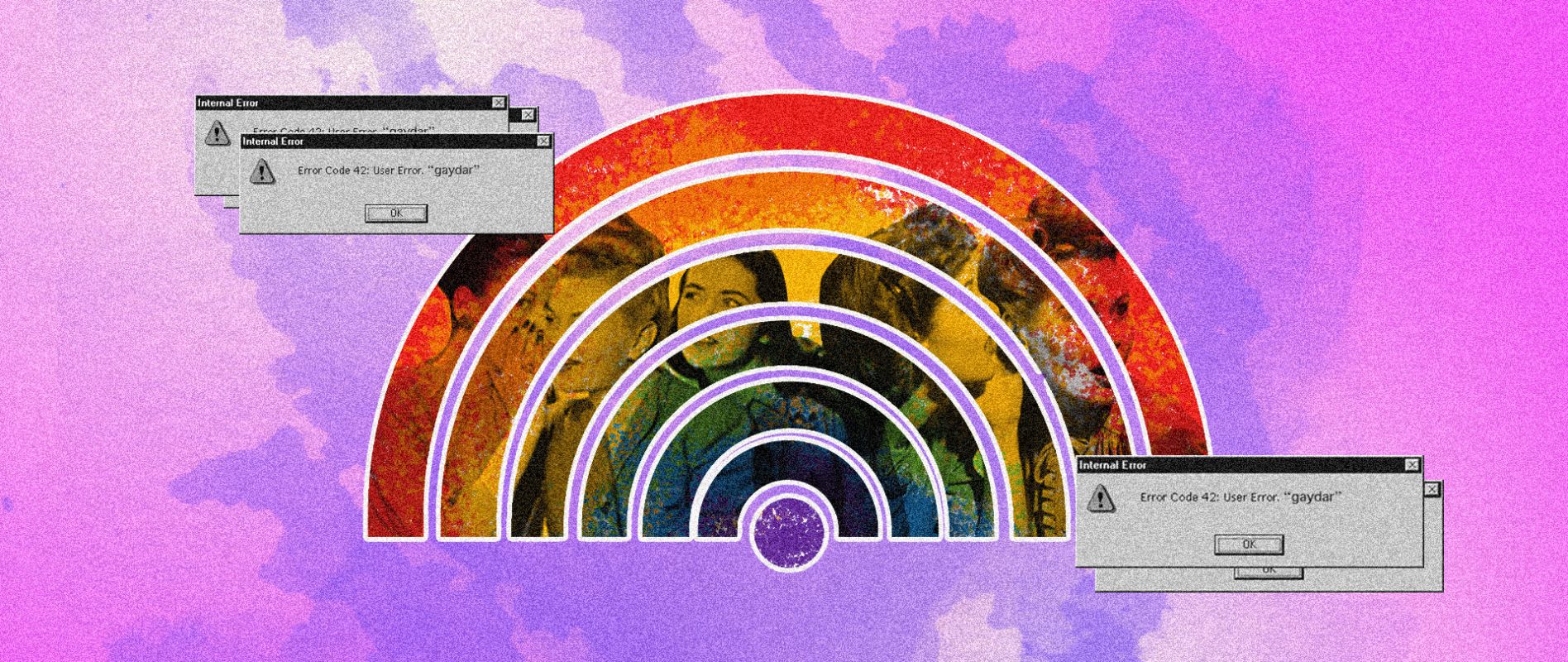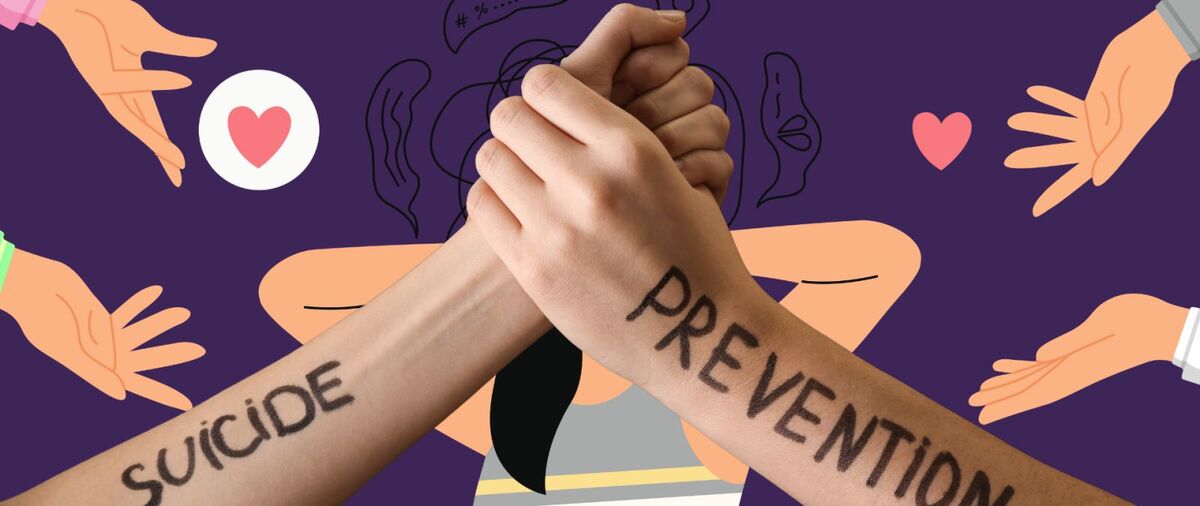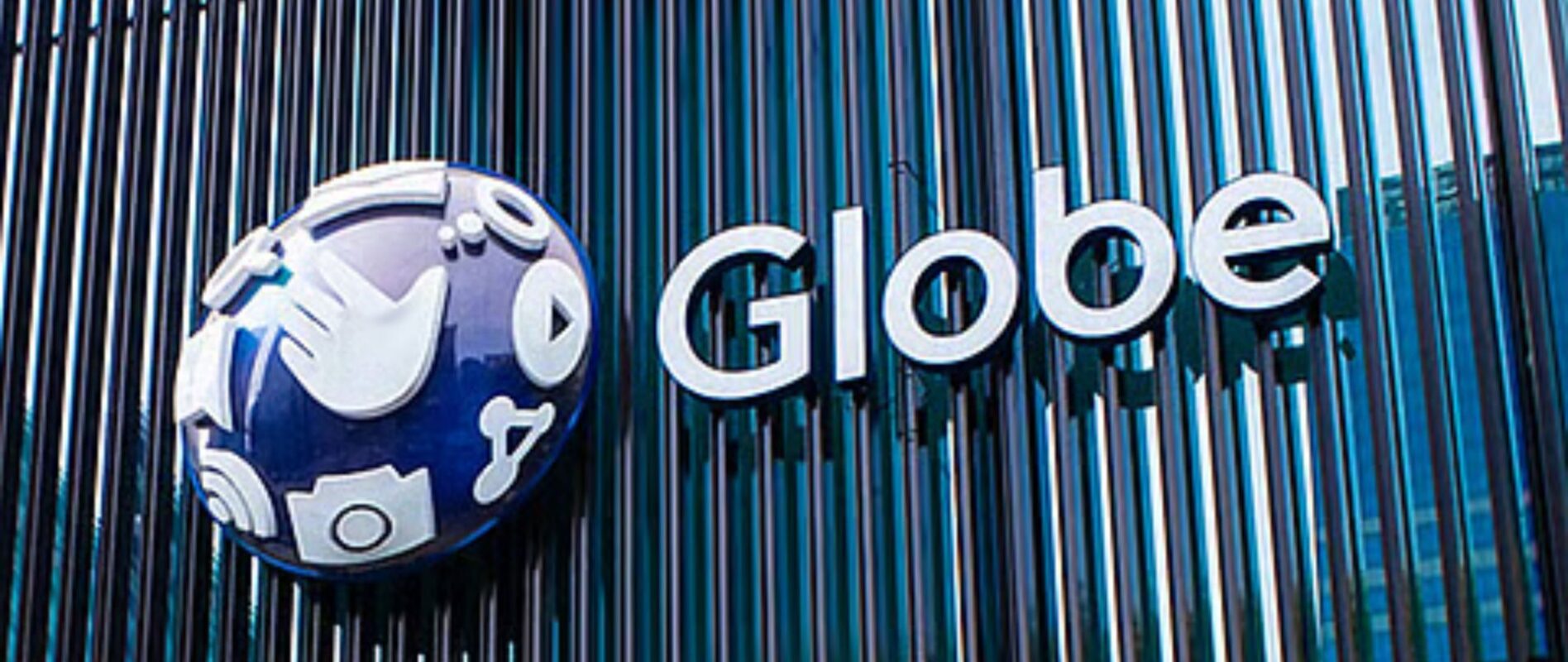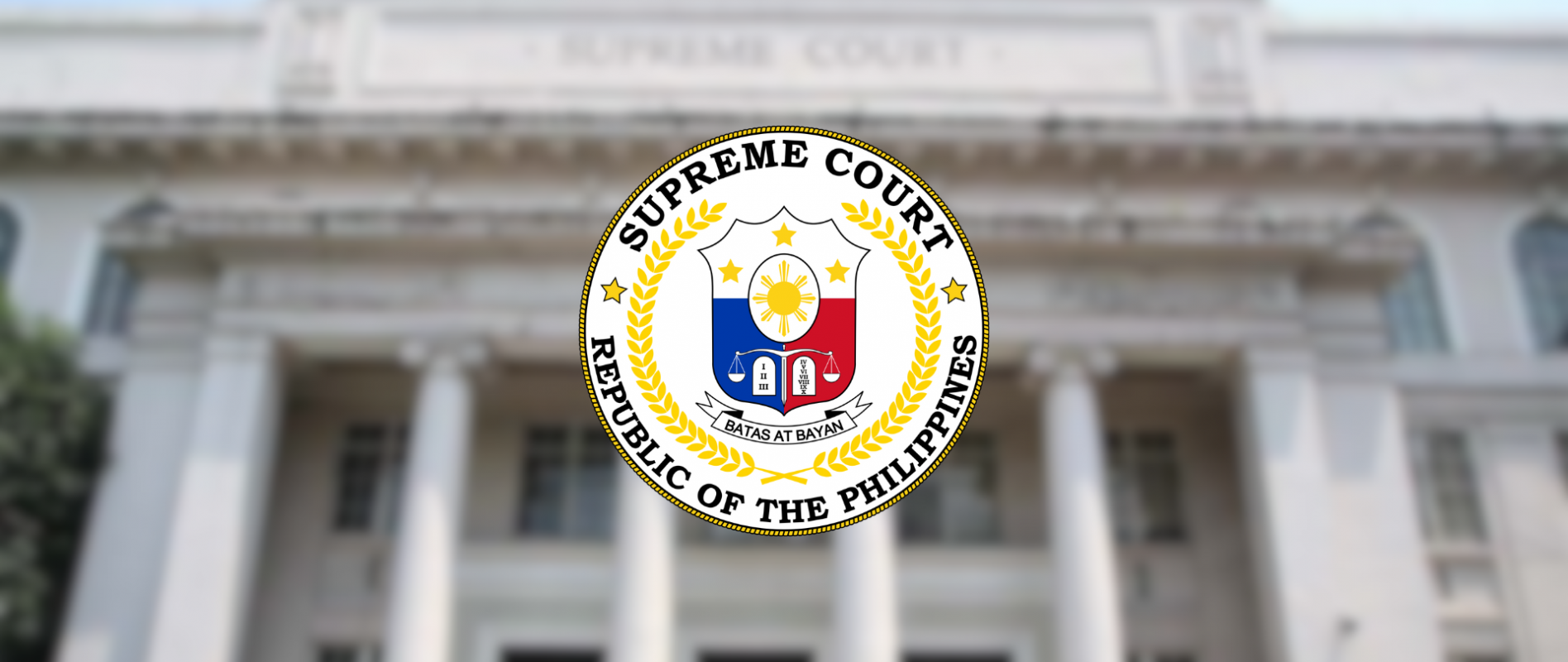FYI! TIME TO STOP USING THE TERM ‘GAYDAR’–IT DOESN’T EXIST
A lot of people often believe that they can just rely on their gut to understand other people. But isn’t it time to finally debunk the gaydar theory?
A man walks into the bar and orders a margarita, your friend leans and whispers “I bet he isn’t straight, my ‘gaydar’ tells me so.”
Gaydar, the portmanteau of “gay” and “radar” is a term used to assume somebody’s gender.People who use this word often rely on their intuition and stereotypes such as someone’s voice tone, flamboyant body language, fashion sense, and “gender-based” choices.
The research The Roles of Featural and Configural Face Processing in Snap Judgments of Sexual Orientation, conducted by The New York Times dating back in 2012, showed that the gaydar is real and there are people who are able to judge sexual orientation from faces with “above-chance accuracy,” however, little is known about how these judgments are formed.
“We conducted experiments in which participants viewed facial photographs of men and women and then categorized each face as gay or straight. The photographs were seen very briefly, for 50 milliseconds, which was long enough for participants to know they’d seen a face, but probably not long enough to feel they knew much more. In addition, the photos were mostly devoid of cultural cues: hairstyles were digitally removed, and no faces had makeup, piercings, eyeglasses or tattoos,” the publication said.
A lot of people often believe that they can just rely on their gut to understand other people. But is it time to finally debunk the gaydar theory? Does the term promote LGBTQIA+ stereotypes?
According to a recent Tiktok video posted by Lynnspiracy, the gaydar DOES NOT EXIST.
“When people say they pick up on a ‘gay vibe’, they are actually picking up on the absence of straightness,” she explains, adding that heterosexuality is “potent and indistinguishable.”
For Lynnspiracy, the absence of heterosexual traits should never be equivalent to “gayness.” This video has raised potent points of discussions recently on why claiming to have a “gaydar” is, in essence, a problematic notion based largely on normalizing stereotypes that fit one’s “gayness” or “straightness”.
“There is something about the compulsory and constant performance of heterosexuality that emanates a signal… it is the absence of this signal that we call the gaydar,” she explains.
All over the world, there are members of LGBTQIA+whose basic human rights are trampled and ignored. If the world was such a safe space for someone to freely express his or her sexuality without prejudice, no one would have to assume anybody’s gender based on stereotypes. The term ‘gaydar’ would not have existed.














